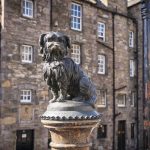This is not a post for the faint-hearted! We have collected together a host of Edinburgh’s stories on witches, grave-robbers, spectres and apparitions. Is it the ‘majestic gloom’ of Edinburgh’s dramatic setting? The dark unknowns of the Old Town’s tenements and wynds? Or the city’s long history of violent murders, plagues and hangings? For whatever reason, Edinburgh is known as ‘the city of ghosts’ and here is a selection of the tales which explain why.
witches
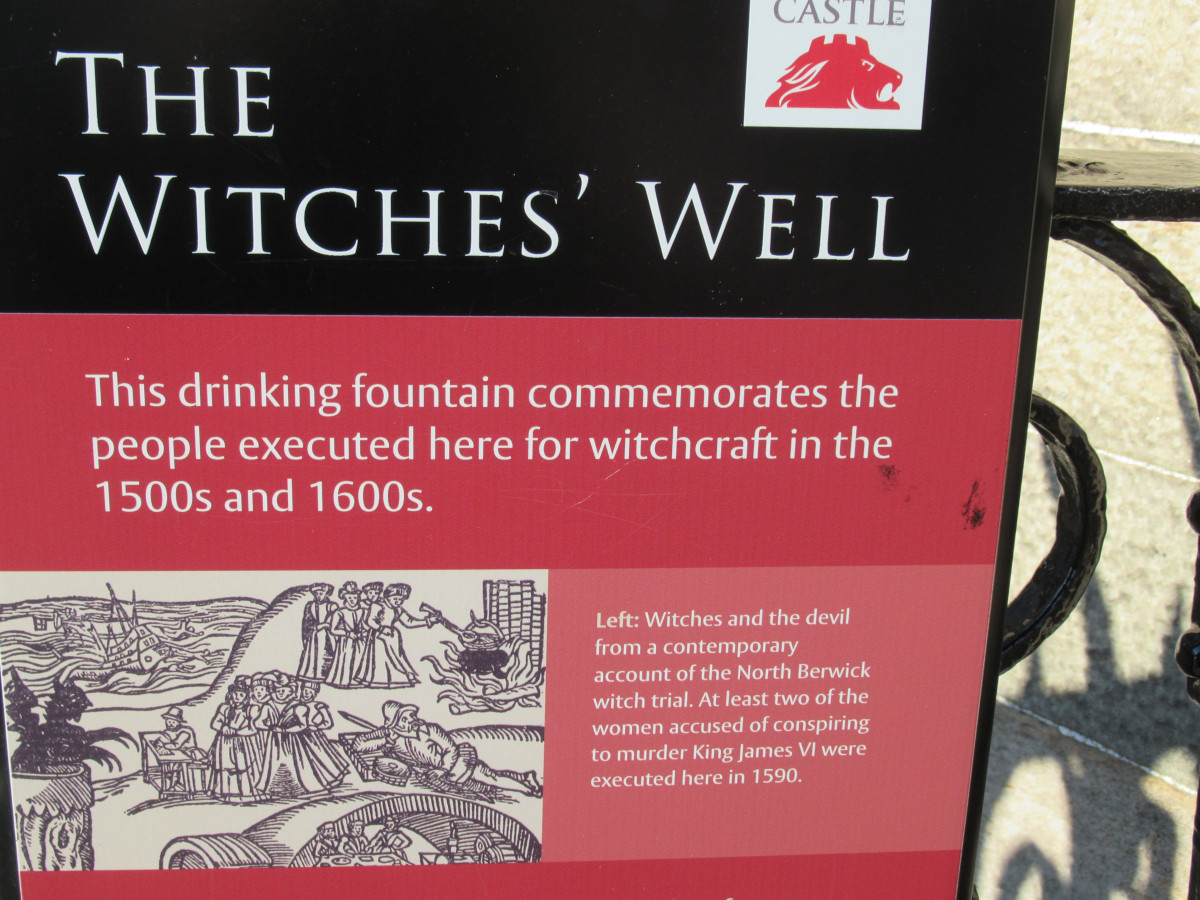
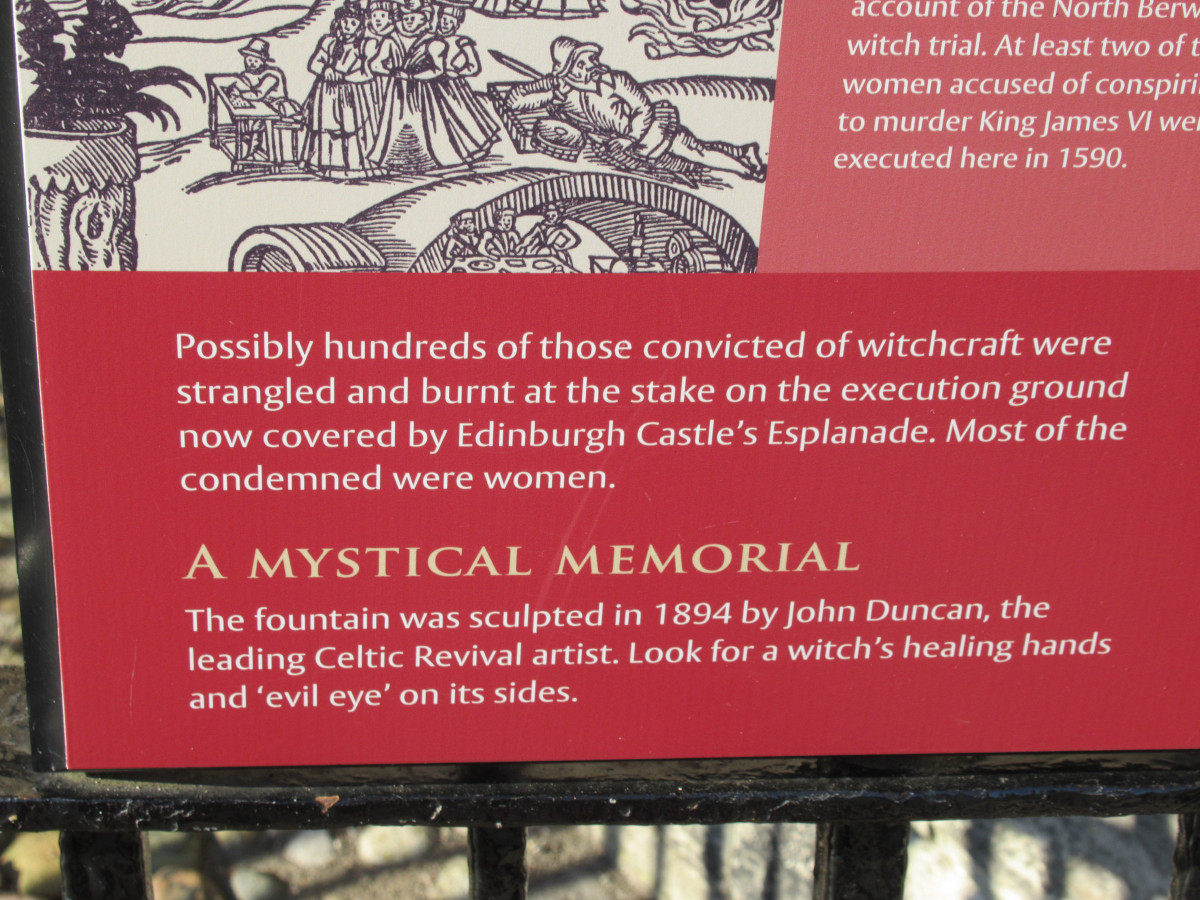
The Witches’ Well, a drinking fountain and plaque on the Castle Esplanade, is a memorial to the hundreds of women who were burned as witches in Edinburgh, mainly between 1492 and 1722. It’s a sobering reminder that in this city, where tourists like to hear ghost stories and visit spooky cemeteries, some very dark things happened to real people in the past. King James VI strongly believed in witches, pronouncing that ‘there is a fearful number of these detestable slaves of the devil at this time in this country’ and publishing a book on the subject, ‘Daemonologie’. He saw many ‘witchfinders’ appointed and since they were paid for ‘finding’ witches, it’s no surprise that they often did so.
The story of Agnes Fynnie, tried at the Tolbooth in July 1644 on 20 charges of witchcraft shows how flimsy the ‘evidence’ often was. After a number of neighbours with whom she had quarrelled fell ill, she was sentenced to be ‘worried at the stake’, that is strangled, then ‘ burned to ashes’. Her story is told more fully on the podcast. The last burning in Edinburgh was in 1722, but an Act of Parliament passed in 1770 showed that misogyny had not gone away. The same punishment as for witchcraft would apply to any woman who ‘betrayed into matrimony His Majesty’s subjects’ through such means as scents, paints, cosmetics or high-heeled shoes.
edinburgh’s cemeteries
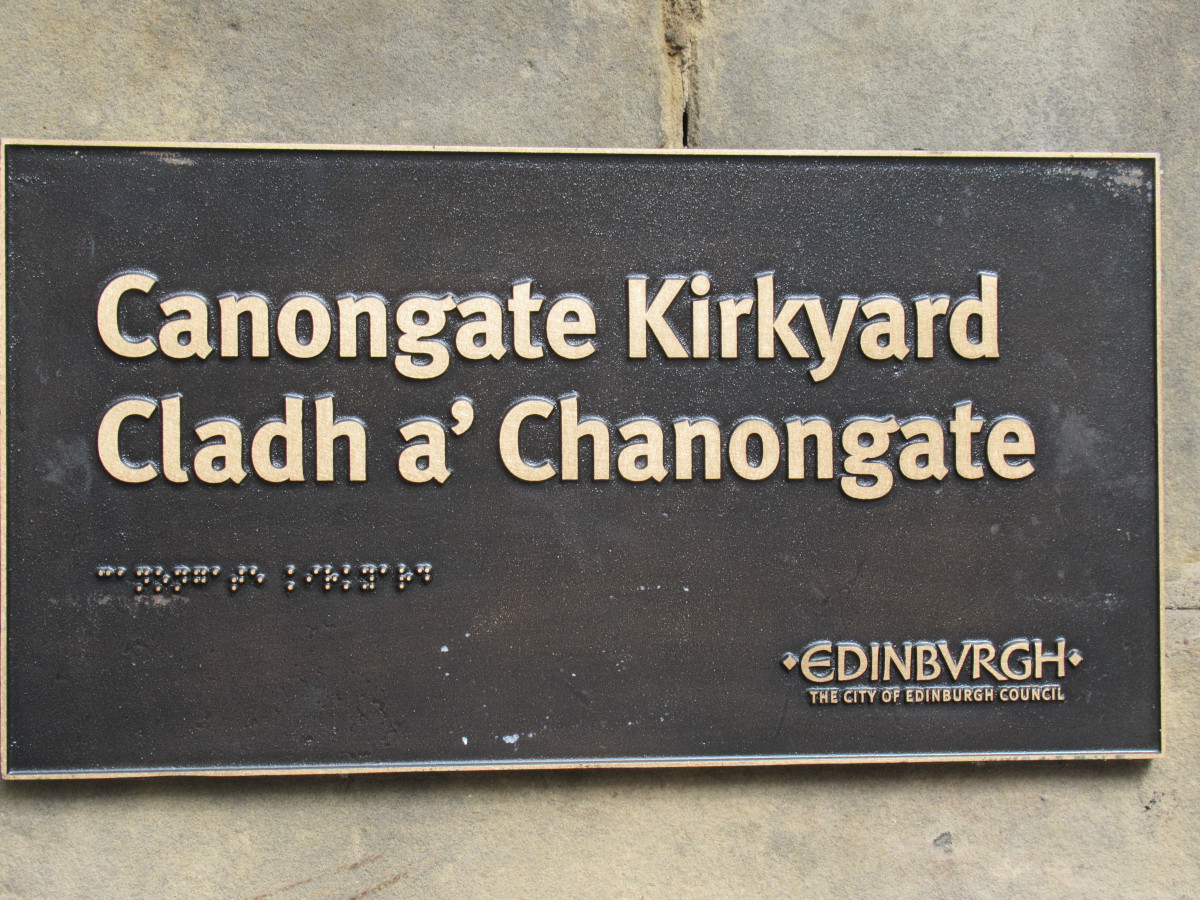
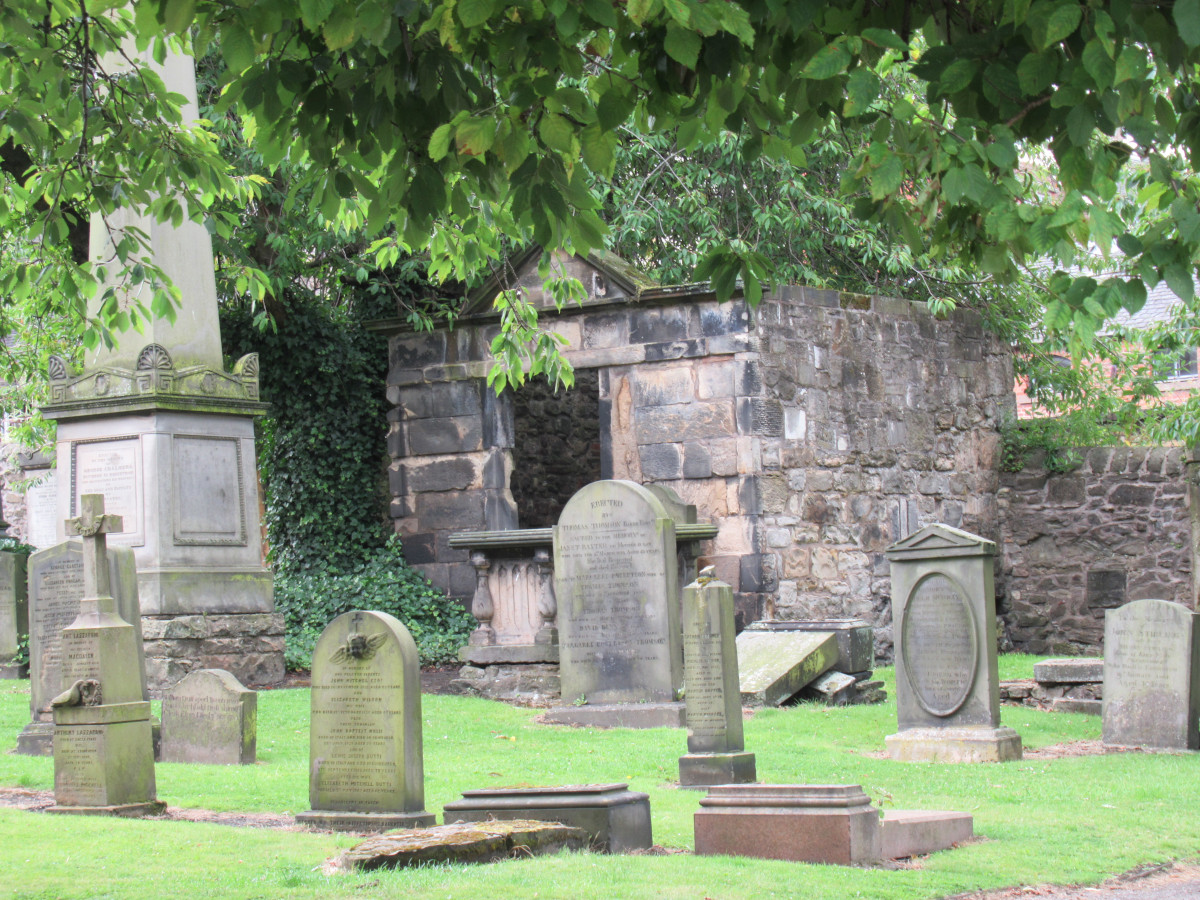
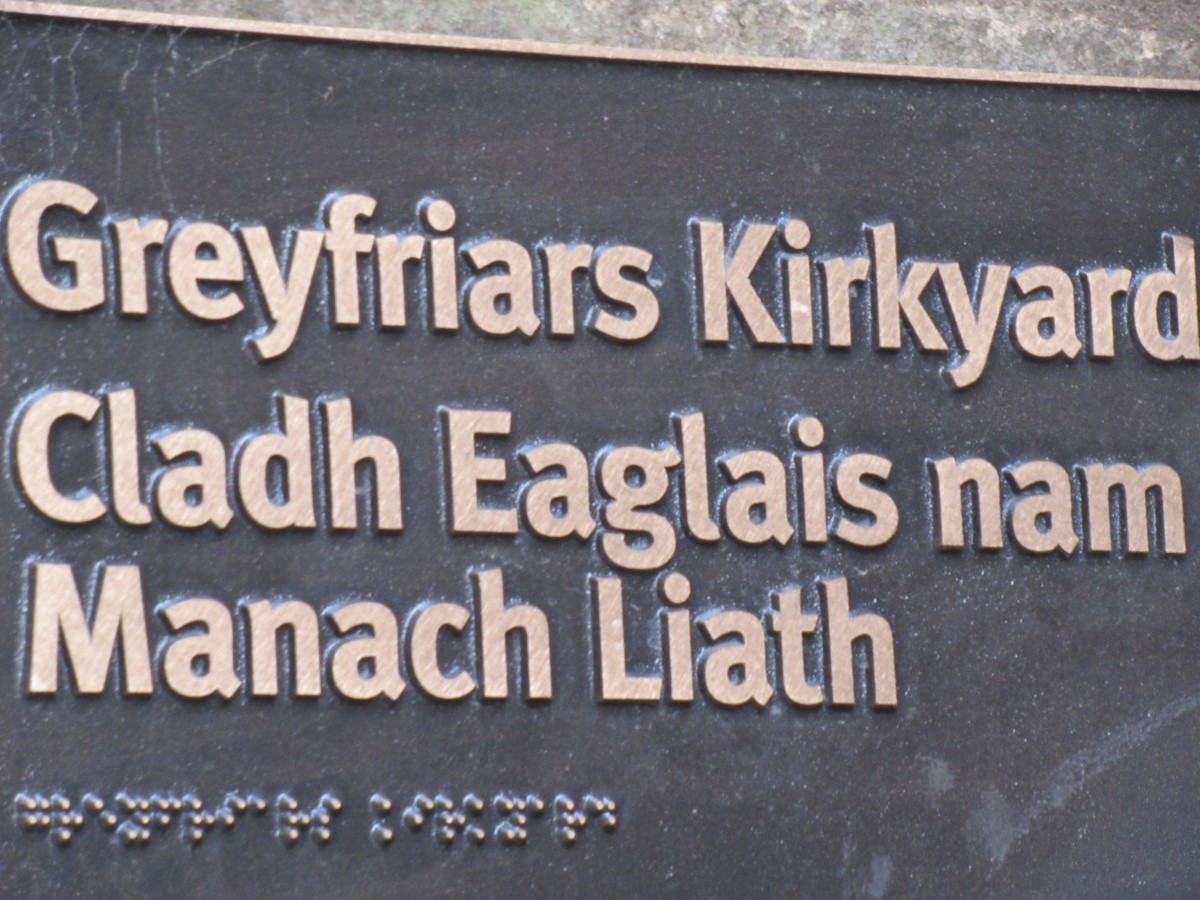
Tours of Edinburgh often take in one or more cemeteries, especially those at Canongate Kirk and Greyfriars Kirk.
The economist Adam Smith (1723-1790) is buried in Canongate Cemetery, as is the poet Robert Fergusson, who died after an accident aged only 24. Robert Burns, a huge admirer, offered to pay for a headstone and the epitaph on it reads as follows: ‘Oh thou, my elder brother in misfortune, by far my elder brother in the muse, with tears I pity thy unhappy fate.’
Among the many fine 17th century headstones in Greyfriar’s Cemetery is one for William McGonagall, said to have been the worst poet who ever wrote in English, but whose name is said to have inspired J K Rowling to name the Professor in her Harry Potter books after him. Look out too for the large mausoleum to Bloody George Mackenzie, who persecuted Presbyterian Covenanters on behalf of the King. He had 1200 men taken prisoner here at Greyfriars in 1679 and most were executed or died of maltreatment in a period known as ‘Killing Time’. There is also a monument here – the Martyrs’ Monument – to his victims.
the bodysnatchers
In the 1800s, the bodies of those hanged were taken down and used for medical research by the city’s doctors. As hanging became less frequent, criminals known as ‘bodysnatchers’ began robbing graves for newly buried corpses which they could sell for dissection. This was prevalent at Greyfriars and the families of newly-dead people sometimes had iron cages known as ‘mort-safes’ installed over graves to prevent the bodysnatchers carrying out their dreadful act.
The most notorious bodysnatchers were Burke and Hare who not only robbed many graves, but also murdered people in order to find bodies to sell to one Doctor Knox who taught students medical dissection. They were eventually caught and tried – the story of how one hanged and the other didn’t is told on the podcast – and local children made up a skipping rhyme about their exploits: ‘Up the close and doun the stair, But and ben wi’ Burke and Hare, Burke’s the butcher, Hare’s the thief, Knox the boy that buys the beef’.
Greyfriar’s bobby
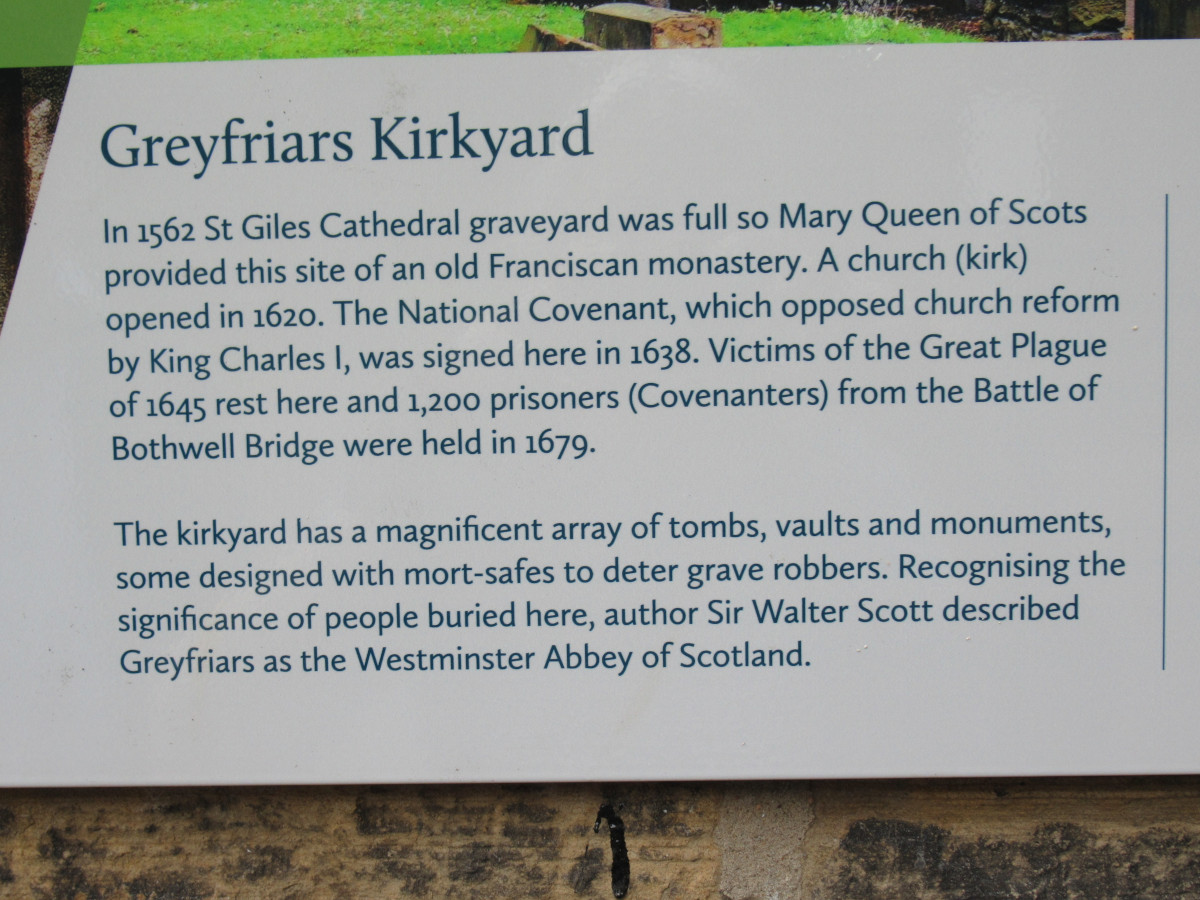
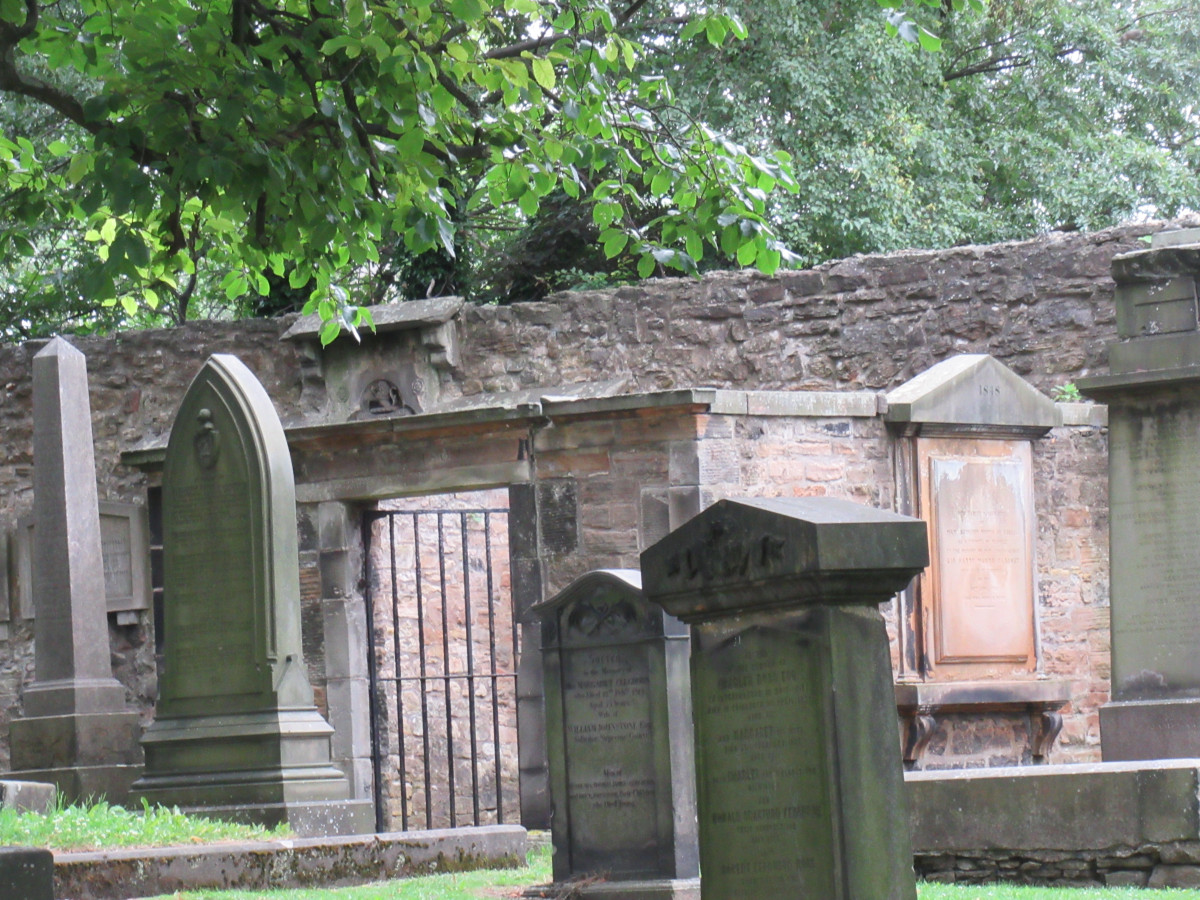
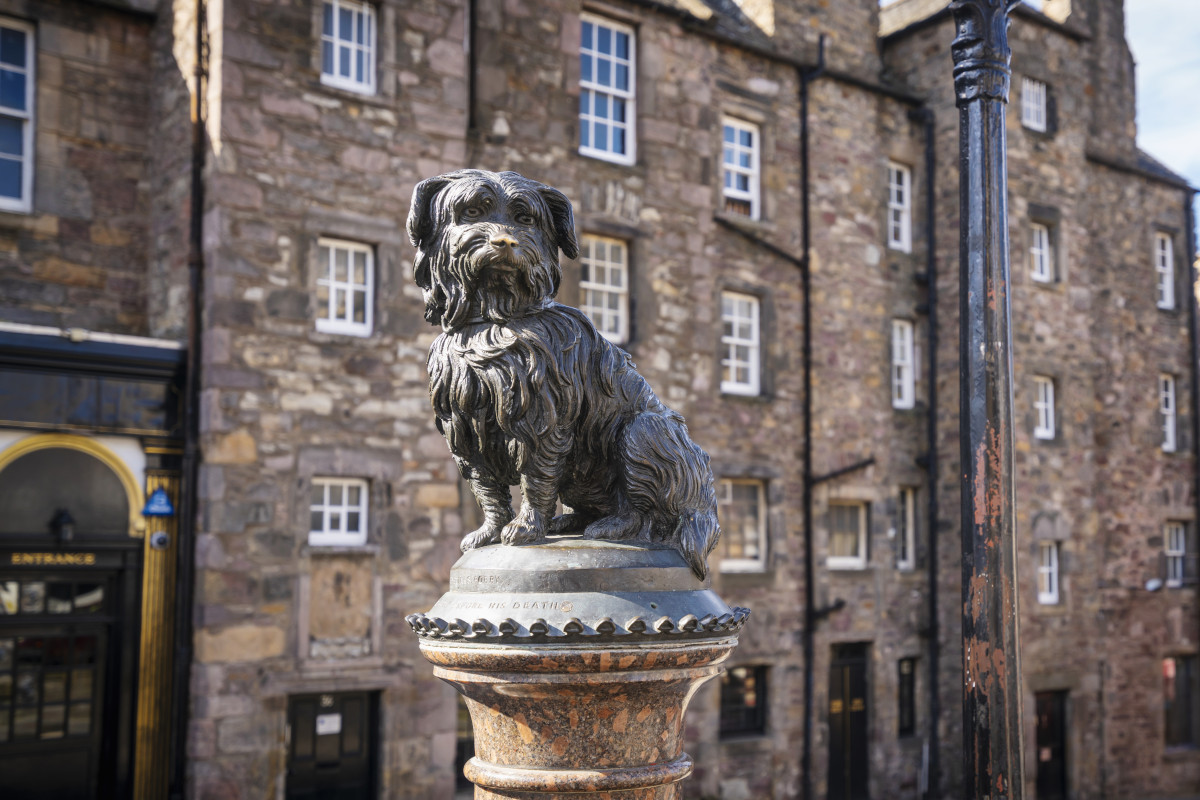
This little Skye Terrier belonged to night watchman John Grey and kept him company throughout his work. When his master died in 1858, he was buried here at Greyfriars and it is said that the little dog then sat loyally by the graveside in all weathers until he himself died some 14 years later. He was known to everyone locally and a year after he died a statue of him was unveiled just outside the church gates. The inscription on it reads: ‘Greyfriars’s Bobby, died 14th January 1872, aged 16 years. Let his loyalty and devotion be a lesson to us all.’ He has been a symbol of the city ever since.
ghosts


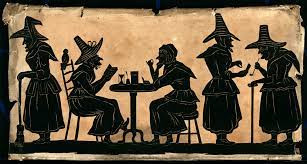
Edinburgh is full of ghost stories, quite a few of which centre on the city’s theatres. It’s said, for example, that the ghost of the famous actress Ellen Terry sometimes revisits the theatre where she starred in Much Ado About Nothing in 1883, and that she always appears in a blue dress. Many claim to have seen ‘spectres and nameless terrors’ at Mary King’s Close, for example Thomas Coltheart who told of seeing a disembodied man’s head one Sabbath day, which revisited a number of times, until, after a few weeks, Thomas died.
A story from the 16th century is still doing the rounds. One evening in 1513, Richard Lawson was walking past the Mercat Cross when he heard ‘the devil’ calling out the names of all those who would be killed in the upcoming Battle of Flodden, against the English: James IV himself, said the devil, and a long list of dukes, earls and barons, plus Richard Lawson himself. Lawson immediately called out in prayer: ‘Take me to the mercy of my God’. And indeed, when the battle was over, every single person on the list, except Richard Lawson, had indeed perished.
Sometimes, there seems to be a logical, if macabre explanation. Bodysnatchers who wrenched open a coffin in Greyfriars Cemetery took a saw to the hand of the old woman inside it in order to steal her rings. Imagine their horror when she shrieked in pain and sat up. They may have thought they’d seen a ghost, but the awful truth is probably that she had in fact been buried when not quite dead and the ordeal was enough to bring her round. The story goes that the grave-robbers fled in terror and the old woman went home to tell her grisly tale.
Listen to the POdcast
Reading suggestions
Only in Edinburgh A Guide to Unique Locations, Hidden Corners and Unusual Objects by Duncan J D Smith
A History of Edinburgh by Christopher McNab
Edinburgh, A History of the City by Michael Fry
Ghostly Tales and Sinister Stories of Old Edinburgh by Alan J Wilson
links for this post
Mercat Tours (History Walks and Ghost Tours of Edinburgh)
Previous episode More Edinburgh Writers
Next episode Edinburgh Art and Artists
Last Updated on November 5, 2025 by Marian Jones




